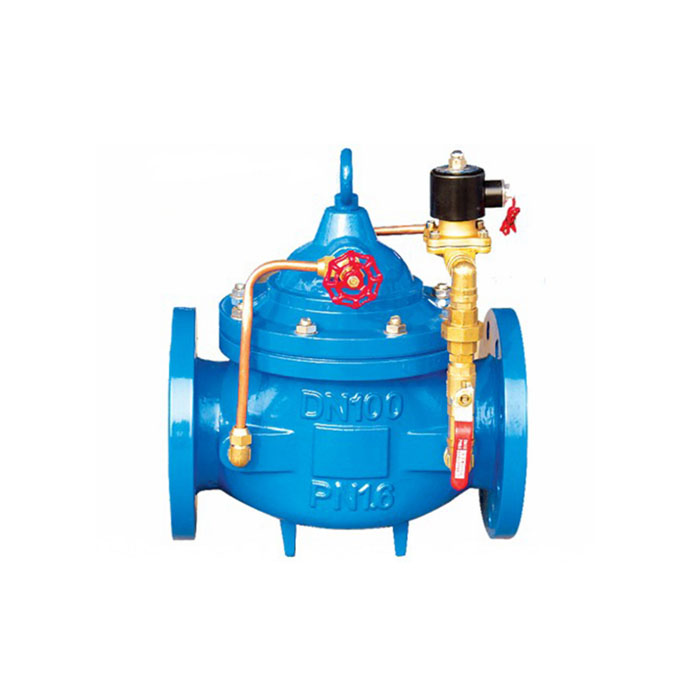Understanding the Uses and Benefits of Blind Flanges in Plumbing Systems
Understanding Blind Flanges in Plumbing Systems
In the realm of plumbing and piping systems, the components and fittings used play a vital role in ensuring the efficiency and safety of the system. One integral component often overlooked is the blind flange. Despite its unassuming appearance, the blind flange serves a critical function in various plumbing applications, making it essential for both professional plumbers and DIY enthusiasts to understand.
What is a Blind Flange?
A blind flange is a type of flange that does not have a central opening. It is specifically designed to close off the end of a piping system, creating a seal that prevents the escape of fluids or gases. Blind flanges come in various materials, such as steel, plastic, or stainless steel, and are available in different sizes and pressure ratings to accommodate a variety of plumbing needs.
Applications of Blind Flanges
1. Sealing Pipe Ends One of the primary applications of blind flanges is to seal the ends of pipes. This is particularly useful during installation or maintenance, where a section of the pipe may not be in use. By using a blind flange, plumbers can ensure that the system remains closed off, preventing leaks and maintaining pressure within the piping network.
2. Access Points Blind flanges are often utilized as access points in plumbing systems. For instance, if a section of the pipe requires inspection or cleaning, a blind flange can be removed to provide access without needing to dismantle and reassemble the entire system.
3. Testing In testing scenarios, blind flanges can be used to cap off pipelines, allowing pressure tests to be conducted. This ensures that the system is airtight and functions correctly before being put into service.
4. System Modifications When modifications to a plumbing system are necessary, blind flanges provide a straightforward way to temporarily cap off a pipe while work is being performed. This minimizes disruptions to the overall system and allows for a more efficient repair process.
blind flange plumbing

Installation and Considerations
Installing a blind flange requires careful attention to detail to ensure a proper seal. Plumbers need to consider factors such as the flange type (raised face, flat face, or ring type), the material compatibility with the fluid being transported, and the pressure rating. It’s crucial to use the appropriate gasket material to achieve an effective seal and prevent leaks.
When installing a blind flange, the following steps should be followed
1. Preparation Ensure that the pipe ends are clean and free of debris. A clean surface is essential for achieving a good seal.
2. Gasket Placement Place the gasket on the face of the blind flange. The type of gasket should be chosen based on the fluid and temperature it will be exposed to.
3. Alignment and Fastening Align the blind flange over the pipe end, ensuring that the bolt holes are matched. Use bolts to secure the flange in place, tightening them in a crisscross pattern to distribute pressure evenly.
4. Testing for Leaks After installation, it’s important to test the connection for leaks, particularly in high-pressure systems. This ensures that the blind flange is functioning correctly.
Conclusion
Blind flanges are an indispensable component in plumbing systems, providing security and versatility. Whether used for sealing, access, or testing, understanding how to utilize blind flanges effectively can enhance the functionality of plumbing systems. As with any plumbing components, proper installation and maintenance are key to ensuring long-term reliability and safety. By appreciating the role that blind flanges play, plumbers and homeowners alike can achieve more efficient and leak-free plumbing systems.
-
High-Security Lockable Gas Valve - Tamper-Proof ControlNewsAug.30,2025
-
Reliable Hydraulic Valves for Efficient Fluid ControlNewsAug.29,2025
-
Reliable Electric Actuators for Industrial Valve AutomationNewsAug.29,2025
-
Premium Line Blind Valves for Secure Pipeline IsolationNewsAug.29,2025
-
Premium Electric Valves for Smart Fluid Control SolutionsNewsAug.29,2025
-
Precision Balanced Valves for Optimal System PerformanceNewsAug.29,2025
-
Heavy-Duty Flanged Butterfly Valves for Water SystemsNewsAug.29,2025




